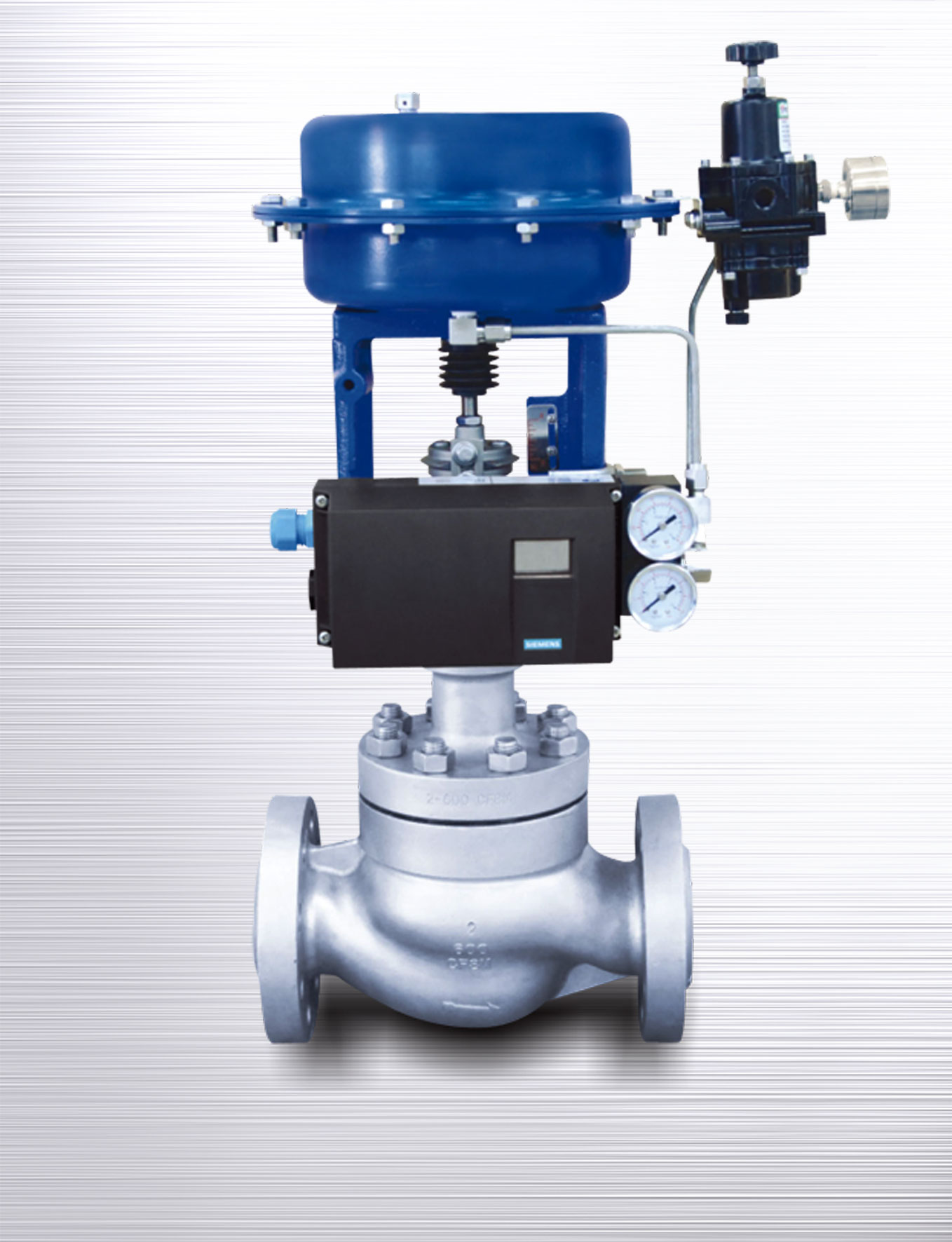How Control Valves Influence Energy Efficiency in Industrial Settings
Wiki Article

Maximize Power Cost Savings and Convenience With Advanced Structure Automation Controls
In the world of modern-day style and center monitoring, the assimilation of advanced building automation manages stands as a critical advancement. By utilizing the power of automation, structures can adapt, respond, and progress in methods that were as soon as unimaginable.Energy Effectiveness Benefits
Power effectiveness advantages can considerably reduce energy consumption and functional prices in buildings. By implementing energy-efficient techniques and modern technologies, building owners and drivers can attain significant financial savings while likewise contributing to environmental sustainability. One of the primary benefits of improving energy effectiveness in buildings is the decrease of energy expenses. Energy-efficient systems, such as innovative building automation controls, can enhance making use of resources like lighting, home heating, and cooling, bring about lower power expenses gradually.Moreover, boosted power performance can prolong the life-span of structure equipment and systems. By running a lot more effectively, cooling and heating systems, lighting fixtures, and various other building elements experience much less wear and tear, resulting in decreased maintenance and replacement prices. Furthermore, energy-efficient buildings typically regulate higher residential or commercial property values and rental rates, supplying lasting financial benefits to proprietors.
Additionally, energy performance can enhance resident convenience and efficiency. Effectively regulated indoor environments with optimum lighting and thermal conditions produce a more pleasant and conducive work space, bring about boosted staff member complete satisfaction and efficiency. Overall, the energy effectiveness benefits related to advanced structure automation controls are complex, encompassing cost savings, environmental stewardship, and resident wellness.
Enhanced Convenience Control
Enhancing comfort control in building settings needs an advanced integration of sophisticated automation systems for optimum owner health. By making use of advanced building automation controls, facilities can customize the interior setting to fulfill the specific demands and preferences of residents. control valves.By incorporating these sophisticated controls, buildings can not only enhance comfort but also boost energy effectiveness by enhancing system operations based on actual tenancy and use patterns. Inevitably, focusing on passenger convenience through sophisticated automation systems leads to an extra pleasurable and healthier indoor environment.
Operational Efficiency Improvements

In addition, the execution of real-time monitoring and analytics tools enables building drivers to determine power inadequacies and functional anomalies quickly. By continuously monitoring energy usage patterns and system performance metrics, changes can be made in real-time to maximize power usage and make certain peak functional performance. control valves. Furthermore, including need reaction methods right into building automation controls can better enhance operational performance by dynamically readjusting energy usage based upon grid conditions and rates signals
Indoor Climate Optimization
Reliable indoor climate optimization is an essential facet of structure automation controls, making certain occupants' convenience and well-being while taking full advantage of energy financial savings. By using advanced sensing units and controls, constructing automation systems can constantly readjust and keep an eye on temperature level, moisture degrees, air top quality, and ventilation to produce an optimal interior setting. Keeping consistent and comfortable conditions not just improves passenger satisfaction but additionally enhances productivity and overall well-being.Indoor climate optimization additionally plays a critical duty in power efficiency. By fine-tuning ventilation, cooling, and heating systems based upon real-time data and tenancy patterns, developing automation controls can substantially lower power usage - control valves. Applying approaches such as demand-controlled air flow and thermal zoning can aid lessen power waste while guaranteeing that each area of the building obtains the required conditioning.

Lasting Environment Production
Building automation controls not only enhance indoor environment problems for energy performance and resident convenience yet also lay the structure for developing a sustainable environment through strategic monitoring of systems and resources. By incorporating innovative building automation technologies, such as sensing units, actuators, and smart software application, facilities can keep an eye on and readjust power usage in real-time to decrease waste and decrease their carbon impact. These systems enable anticipating maintenance, determining prospective problems prior to they escalate and enhancing equipment efficiency to enhance durability and efficiency.Furthermore, lasting atmosphere development prolongs past energy monitoring to encompass water conservation, look at these guys waste reduction, and interior air top quality renovation. Structure automation controls can control water use, spot leaks, and guarantee proper garbage disposal techniques, adding to total sustainability initiatives. Furthermore, by regulating and monitoring ventilation and filtration systems, these modern technologies improve resident health more information and wellness and performance while lowering energy consumption connected with a/c procedures.
Final Thought
In final thought, progressed building automation controls offer substantial benefits in terms of energy financial savings, comfort control, functional efficiency, interior environment optimization, and producing a lasting setting. By carrying out these controls, structures can accomplish optimum efficiency while decreasing energy consumption and enhancing passenger comfort. It is obvious that the usage of advanced automation innovation is crucial in boosting building performance and producing a more sustainable future.Power performance advantages can considerably lower power consumption and operational costs in buildings. Generally, the energy efficiency benefits connected with sophisticated structure automation controls are multifaceted, incorporating expense savings, ecological stewardship, and resident wellness.
Additionally, including need reaction methods right into building automation controls can even more boost operational efficiency by dynamically adjusting energy use based on grid problems and prices signals.
Building automation manages not just maximize indoor environment conditions for energy efficiency and passenger convenience yet likewise lay the foundation for producing a lasting setting with calculated administration of systems and sources.In final thought, advanced structure automation controls offer substantial benefits in terms of power savings, convenience control, operational performance, interior climate optimization, and developing a sustainable atmosphere.
Report this wiki page